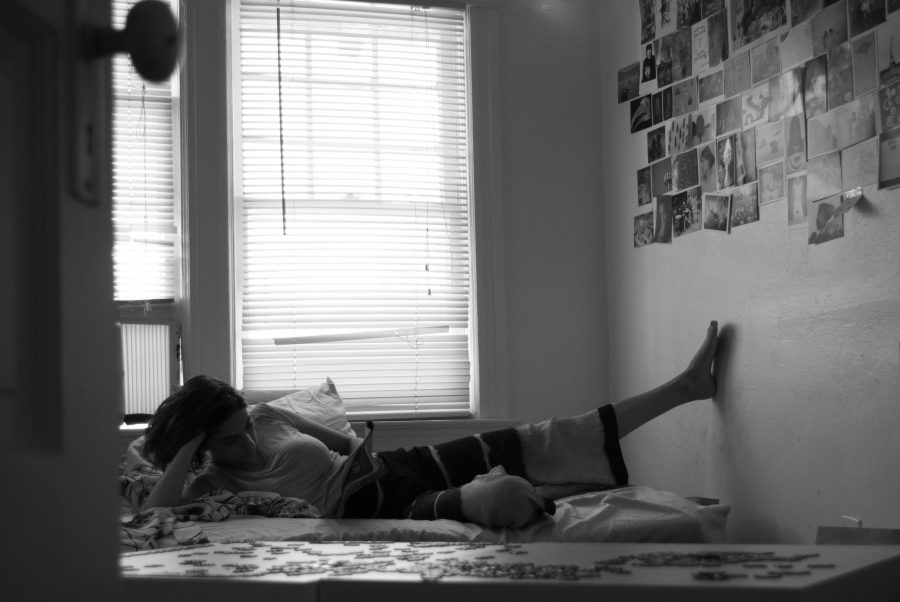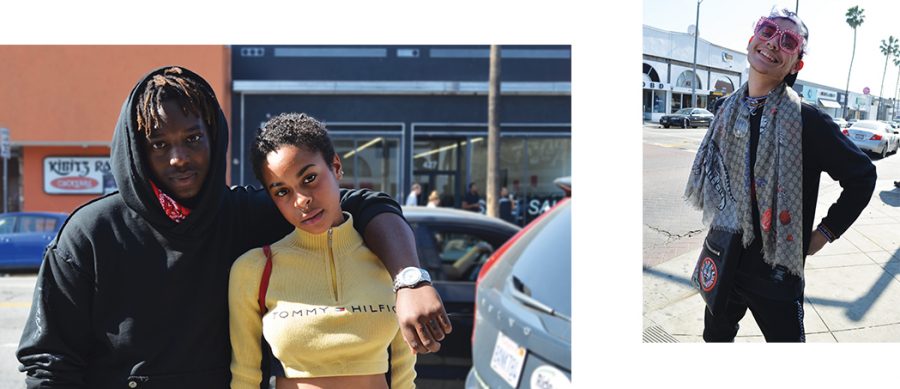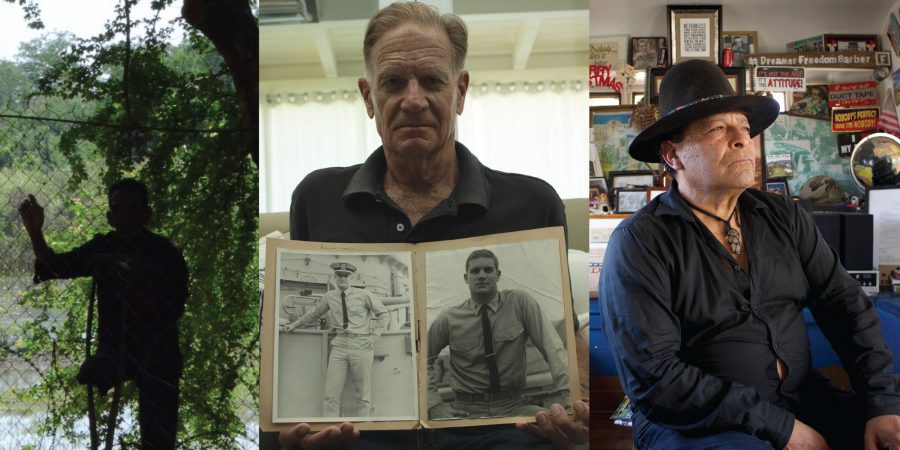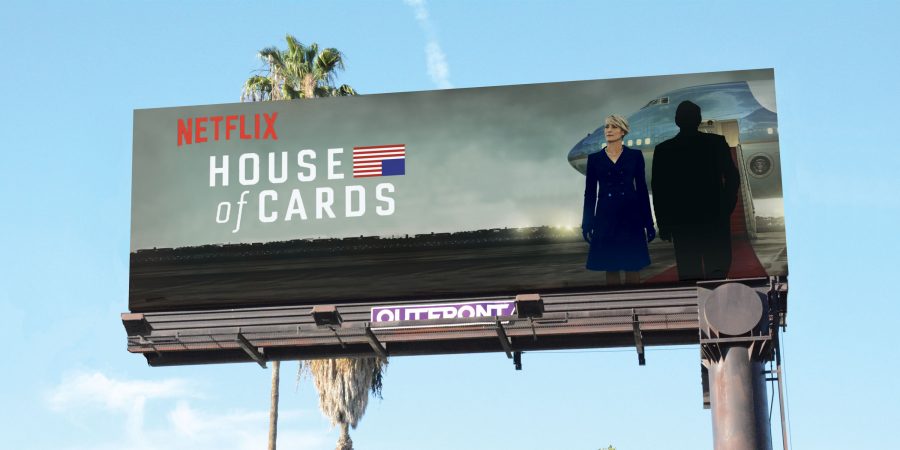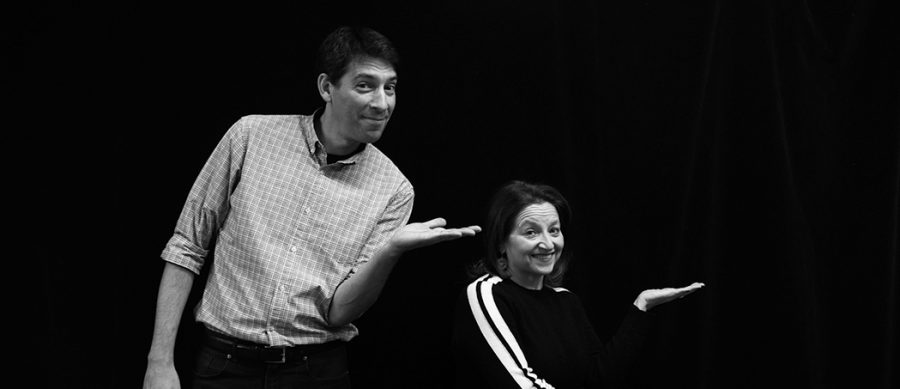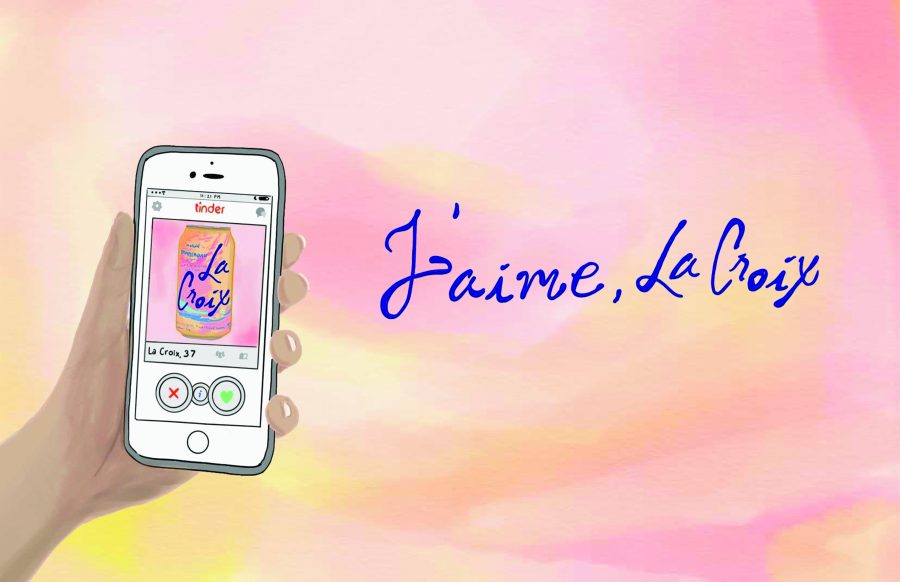In the dimly lit photography studio, Ari Shooshani ’18 stepped back from the camera to reassess the chaos around her. Her friends stood precariously on stools, dangling red roses over Charlotte Weinman ’18, who sat in front of a tiny blue backdrop set up in the middle of the studio.
But despite the hectic setting of the photography studio, the style of Shooshani’s final composition was intentionally delicate. The photos Shooshani took that day became the preliminary round of her first substantial studio photography series, focusing on uncommon perspectives of women in society.
“[They are] centralized on girls in general,” Shooshani said. “It is less about me personally and more about me as a girl in the world.”
In the studio, she likes to experiment with props, such as roses or hands to see their effect on the photo’s composition and feel.
Shooshani does not believe the photos represent one specific feeling or meaning. They could elicit disgust, anger or discomfort, but should be interpreted by the viewer, she said.
“I look at [the pictures] and even I’m just kind of uncomfortable,” she said.
Shooshani is also experimenting with different styles of image formatting to enhance her work.
“I moved away from just a photo, and I’m starting to use words and imagery, which is new for me,” Shooshani said. “People don’t realize how deliberate everything has to be when you use this type of stuff.”
In the studio, Weinman served as Shooshani’s model, while Oceania Eshraghi ’18 and Annie Wendorf ’19 assisted her with the photographic visuals.
Shooshani plans to retake her current studio shots, which she calls “first round photos,” and eventually add a few iterations to the series.
“I don’t want to overdo it,” she said. “I feel like it kind of gets redundant at some point and I like leaving it to the imagination of the concept.”
Although she is now exploring studio photography, Shooshani previously focused on documentary photography.
Preferring to highlight the natural composition of a scene instead of adding or manipulating elements to convey a certain message, Shooshani was initially drawn to documentary photography because of its ability to capture the authenticity of a scene.
“It is easier for me to tell stories and be a better photographer when nothing is really staged,” Shooshani said. “I don’t like moving stuff around. I like showing how it is and my point of view.”
Using this technique, she shot her first substantial body of work, which featured a documentary series of her sister’s routine life around their home.
“I look a lot like her too, so looking at those photos was kind of like looking at a part of me in that way,” Shooshani said.
She used familiar scenes and objects to express her perspective on the subject.
“It is really easy for me to communicate stuff when it is closer to me because, emotionally, I am able to convey a lot of things better,” Shooshani said. “That’s why it is harder for me to work in the studio because every little last detail has to be very deliberate and when things are candid, it is deliberate on its own.”
Shooshani submitted these works to YoungArts, an application-based competition that grants awards to emerging artists. Recognized as a 2016 YoungArts winner, Shooshani participated in the National YoungArts week in Miami, where she practiced her photographic skills alongside the other finalists and received artistic guidance from professionals.
“Being recognized for that was really a lot for me,” Shooshani said. “I do art for myself and I’m not really doing it for other people, except as a means of expression. To see that the mechanics of it and my actual photos are good was really a boost of self-confidence.”





























